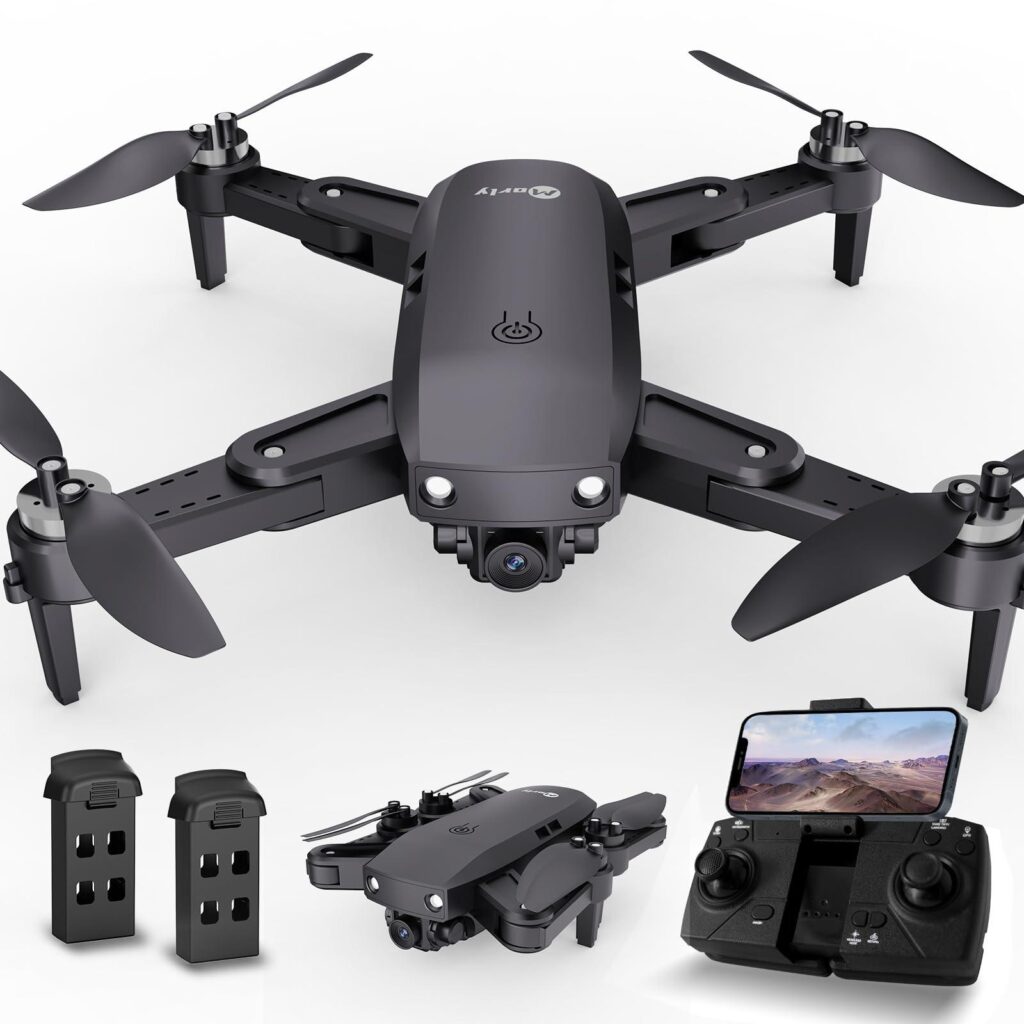In an age of rapidly advancing technology and ever-evolving warfare tactics, the debate over the number of drones required by the Army has become a hot topic of discussion. As unmanned aerial vehicles continue to play a crucial role in modern military operations, the question arises: How many drones does the Army truly need? Some argue that more drones are essential for maintaining dominance in the battlefield, while others believe that the current inventory is adequate. Let’s explore why increasing the number of drones may be necessary to ensure the Army’s readiness and effectiveness in an increasingly complex and challenging global environment.
Why the Army Requires an Increase in Drones
The Army’s reliance on drones has significantly increased in recent years due to the evolving nature of warfare and the need for advanced surveillance capabilities. Drones offer numerous advantages that traditional aircraft cannot match, making them essential for modern military operations. By deploying drones, the Army can gather real-time intelligence, conduct reconnaissance missions, and target enemy positions with precision.
Moreover, drones are cost-effective alternatives to manned aircraft, reducing the risk to human pilots and minimizing operational expenses. With advancements in drone technology, these unmanned aerial vehicles can now perform a wide range of tasks more efficiently and effectively. Increasing the number of drones in the Army’s arsenal is crucial for enhancing national security and staying ahead of adversaries in a rapidly changing world.
Strategic Importance of Expanding Drone Fleet
Expanding the drone fleet of the Army is crucial for maintaining a strategic advantage in modern warfare. Drones provide valuable intelligence, surveillance, and reconnaissance capabilities that are essential for gathering information on enemy positions, movements, and activities. With a larger fleet of drones, the Army can cover a wider area, monitor multiple targets simultaneously, and respond rapidly to changing situations.
Furthermore, having more drones allows for greater flexibility in mission planning and execution. By deploying a variety of drone types with different capabilities, the Army can optimize its resources for specific tasks and objectives. In addition, an expanded drone fleet can enhance the safety of troops by reducing the need for ground patrols and risky reconnaissance missions. the strategic importance of expanding the Army’s drone fleet cannot be overstated in today’s complex and fast-paced battlefield environments.
Enhancing Military Capabilities with Additional Drones
Adding more drones to the Army’s arsenal can significantly enhance its military capabilities. With the advancements in drone technology, these unmanned aerial vehicles can provide crucial intelligence, surveillance, and reconnaissance support to ground troops. Drones can also be used for precision strikes on enemy targets, reducing the risk to our soldiers’ lives.
By increasing the number of drones in the Army’s inventory, we can cover a larger area of operations, conduct more missions simultaneously, and gather more real-time data for better decision-making. Drones can also be deployed for search and rescue operations, border surveillance, and disaster response. With the potential benefits that drones offer, it is clear that the Army needs more of these versatile machines to stay ahead in modern warfare.
Investing in Drone Technology for Future Defense Needs
In order to meet the future defense needs of the Army, investing in drone technology is crucial. Drones have proven to be invaluable tools in modern warfare, providing intelligence, surveillance, and reconnaissance capabilities. With advancements in technology, drones can now also be equipped with weapons, making them even more versatile on the battlefield.
As conflicts become increasingly complex and dynamic, the Army will need a larger fleet of drones to maintain a strategic advantage. Drones can be deployed quickly and provide real-time information to commanders, allowing for better decision-making and more effective operations. By increasing investments in drone technology, the Army can ensure that it is prepared to meet the challenges of modern warfare head-on.
Key Takeaways
the necessity for an increased number of drones in the Army is undeniable. From enhancing reconnaissance capabilities to countering emerging threats, drones play a vital role in modern warfare. By expanding their drone fleet, the Army can effectively meet the challenges of the 21st century battlefield and ensure the safety and success of our troops. It is time to invest in the future of our military and embrace the power of drone technology. The sky is truly the limit when it comes to shaping the Army of tomorrow.


